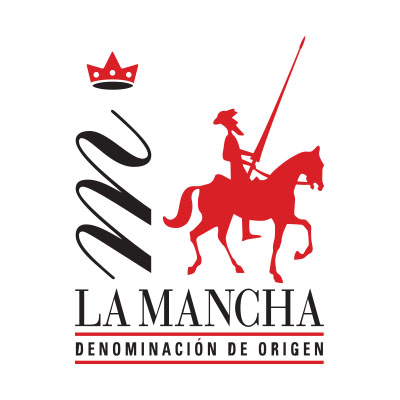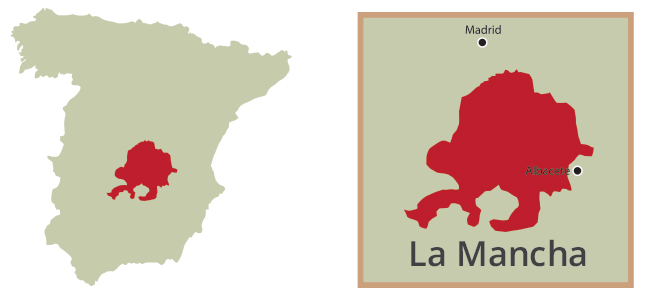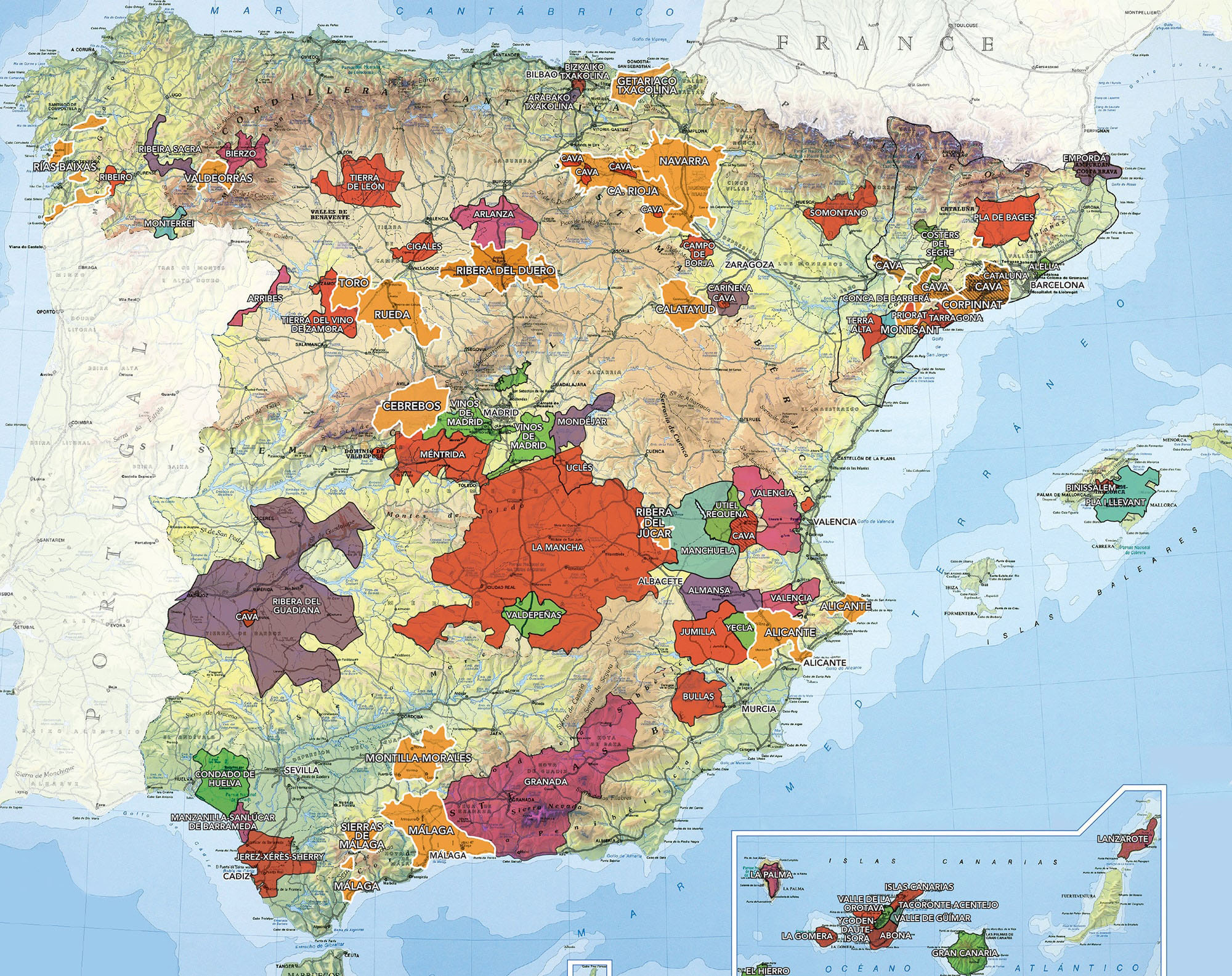

La Mancha
La Mancha is Earth’s largest denominated vine growing region. Originally named Manxa by the Moors, which means parched Earth, La Mancha is a vast expanse of arid terrain located on the Spanish central plateau to the South of Madrid. Airén is the most widely planted variety, used predominantly for the production of bulk, cheap whites, and for the production of industrial alcohol and brandy for Jerez.
It is difficult to make blanket statements about such a vast region with such varying differences in production quality, but there are some incredibly unique and high quality terroirs to be found in this vast expanse that covers the southern central half of Spain. Although the bulk wine industry is culpable for uprooting many of the old, head-trained Tempranillo vineyards that were planted originally, some have survived. Certain producers focused on quality, such as Bodegas Volver, have championed these older, dry farmed, head trained vineyards with the goal of producing high quality wines.
The highest quality vineyards are planted in incredibly poor soils that are a blend of sand, red clay, and chunks of pure chalk. The benefit of its location on the Spanish central plateau is that La Mancha experiences extremely cold nights due to the high altitudes. The warm days produce ripeness, and the cool nights reinforce the buildup of balancing acidity. La Mancha is so dry that fungicides, pesticides, or herbicides are routinely avoided. La Mancha’s most important indigenous grape, Tempranillo, is known locally as Cencibel. This clone of Tempranillo is adapted to the arid climate, and as a result, produces intensely structured, dark wines.
